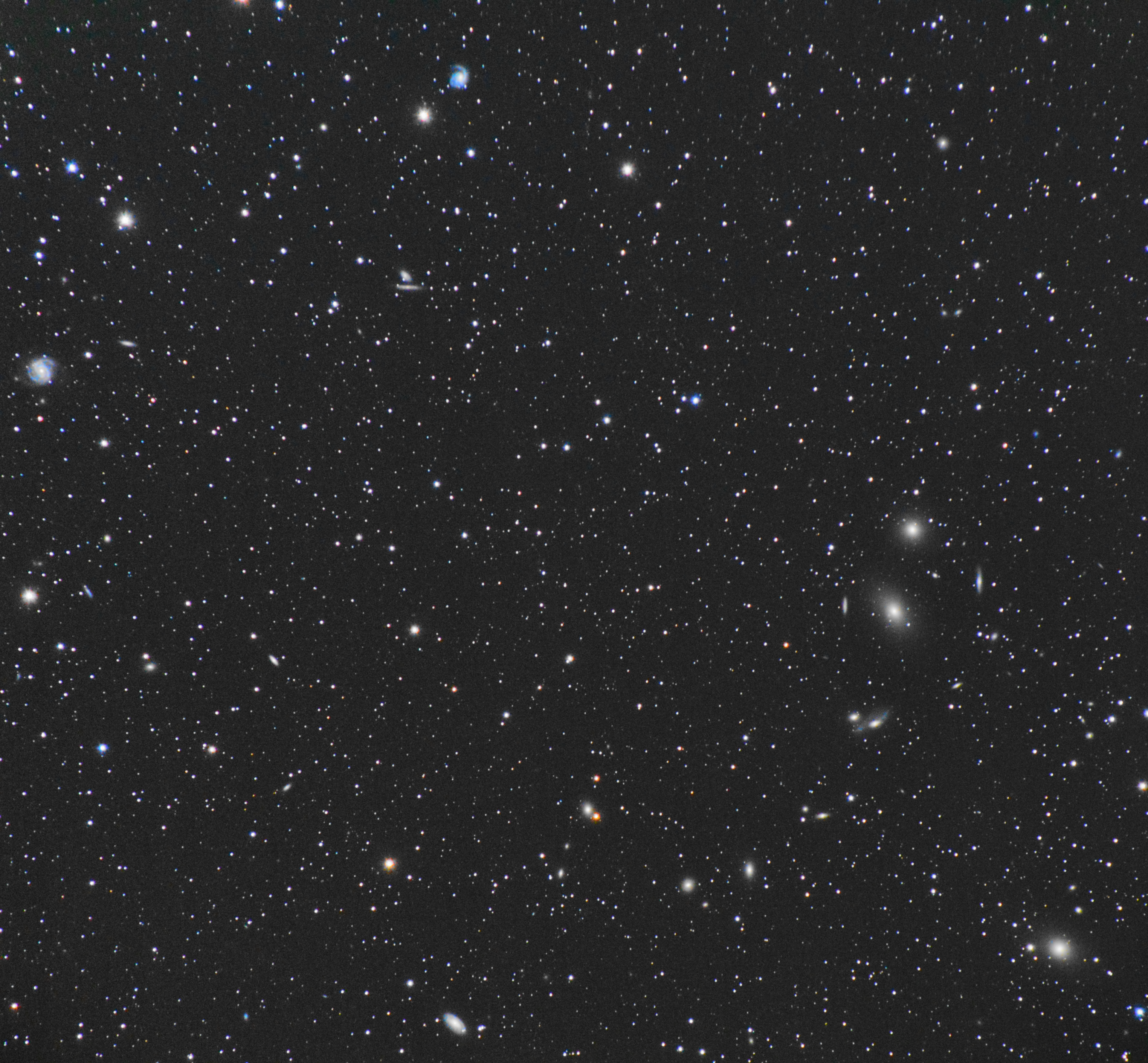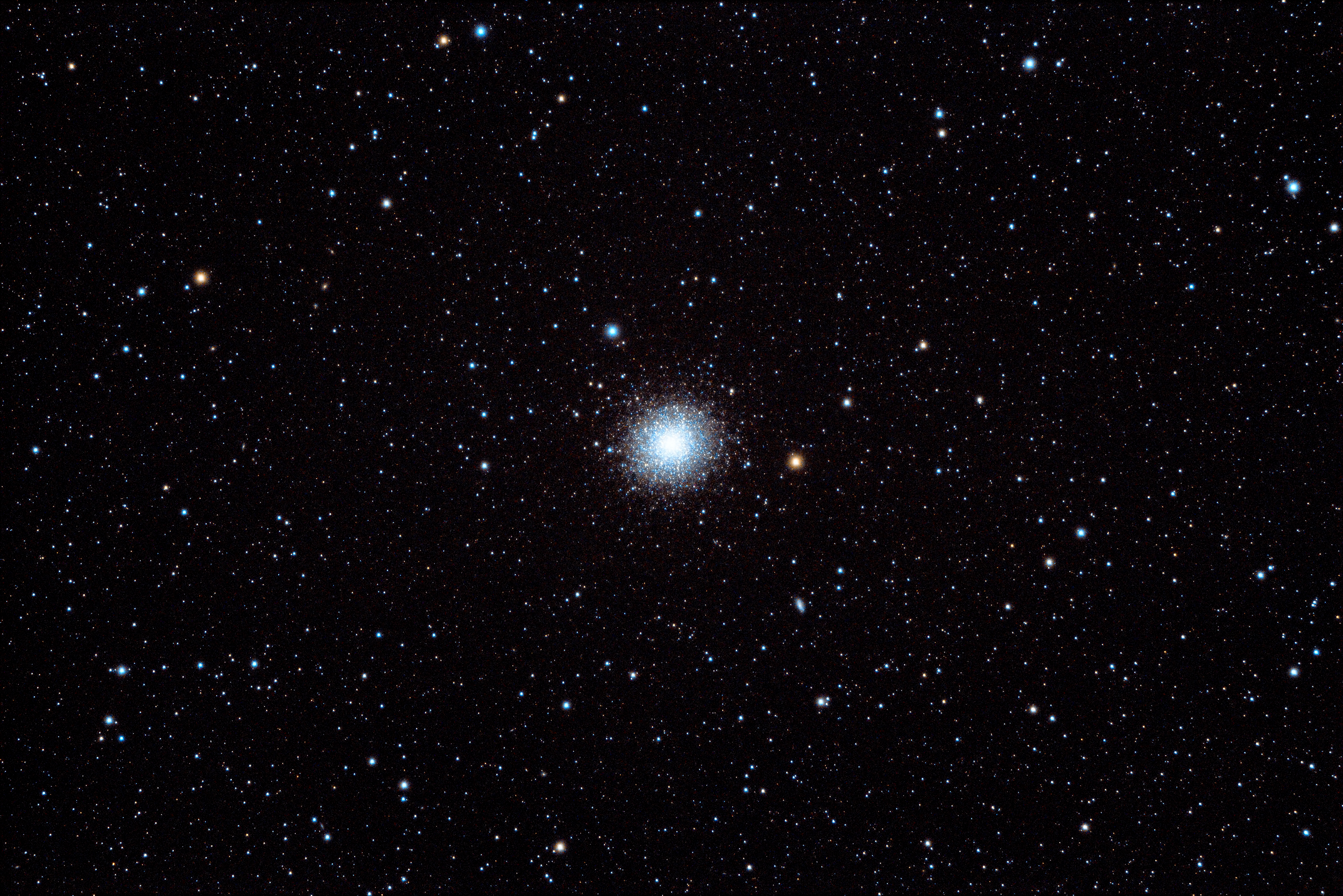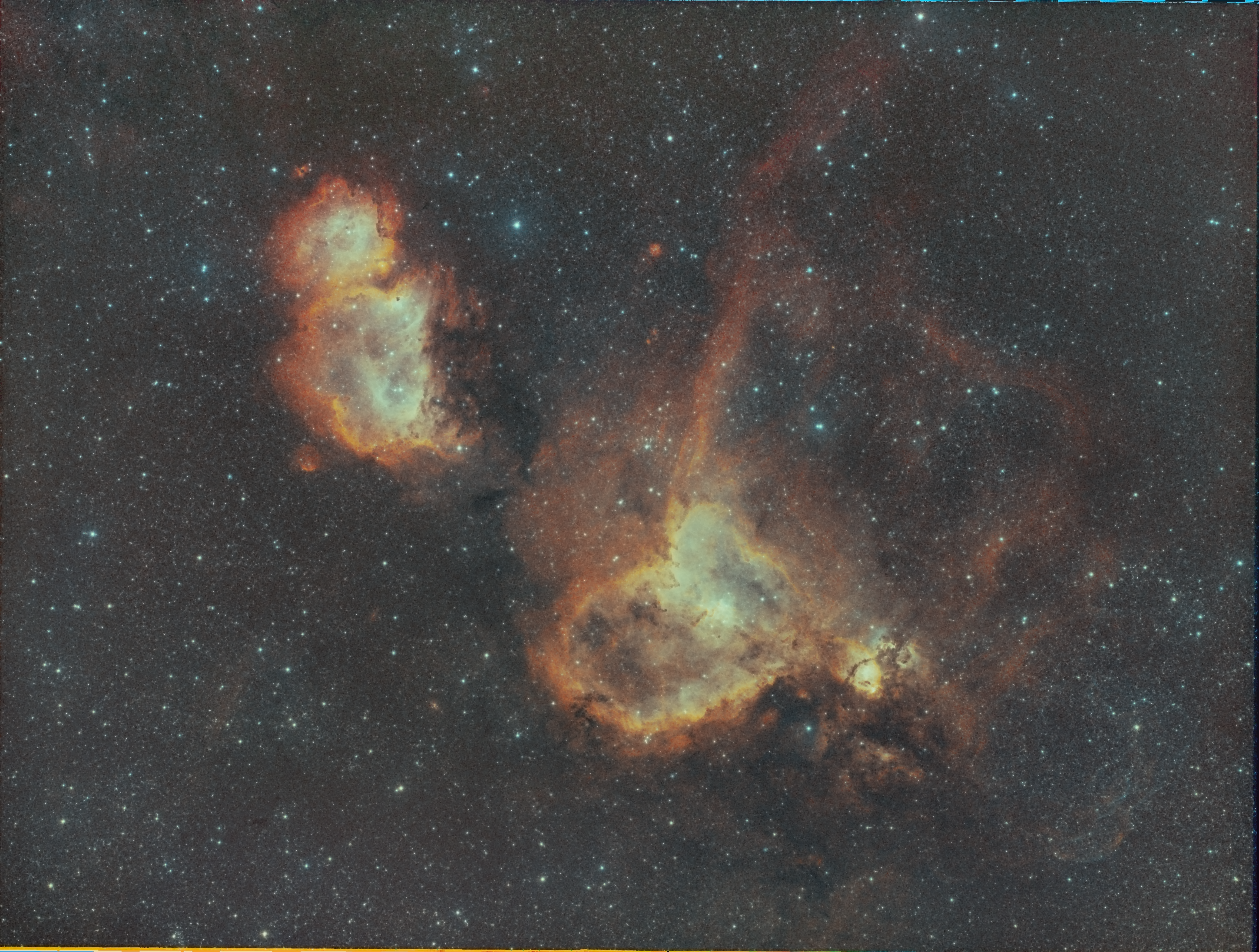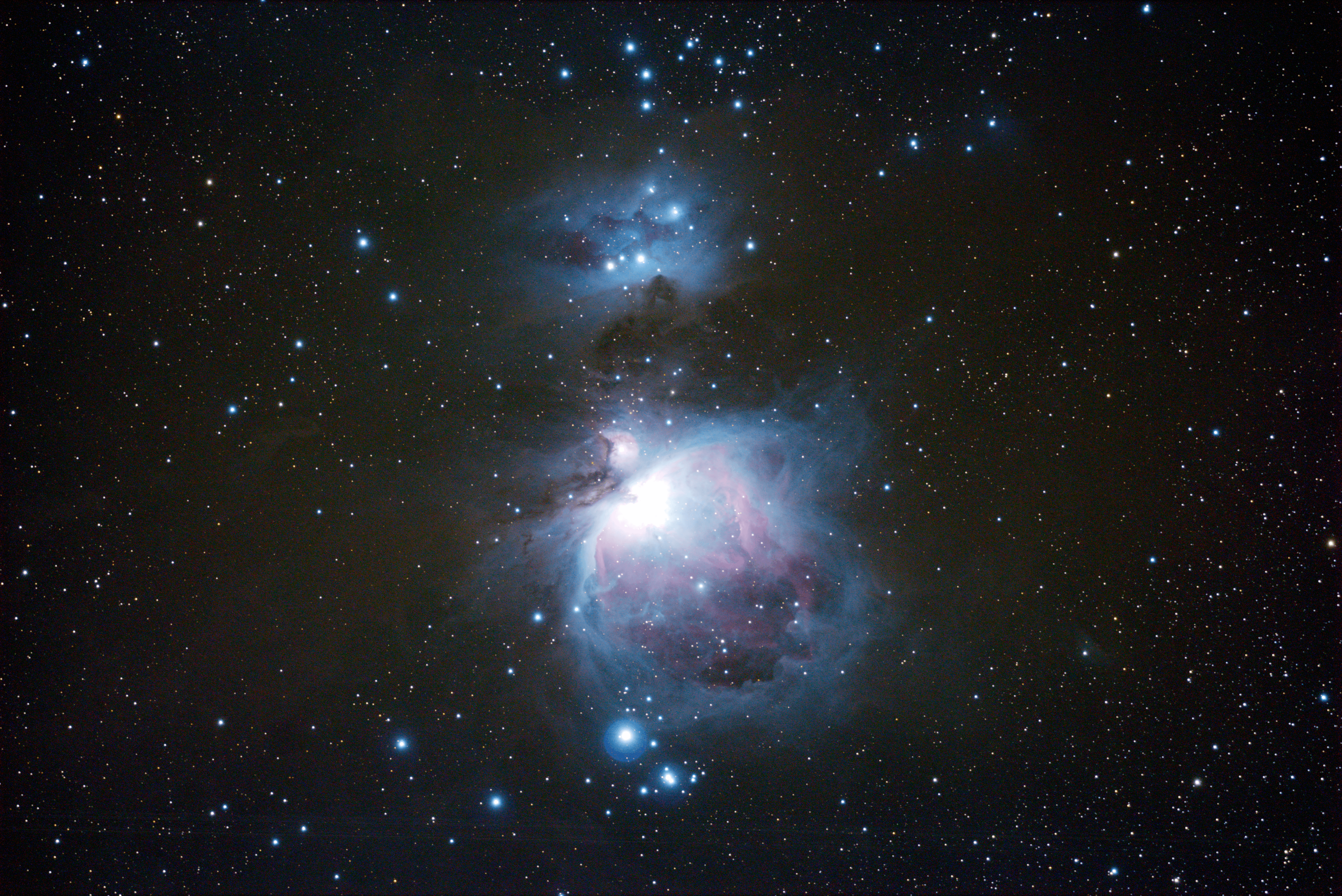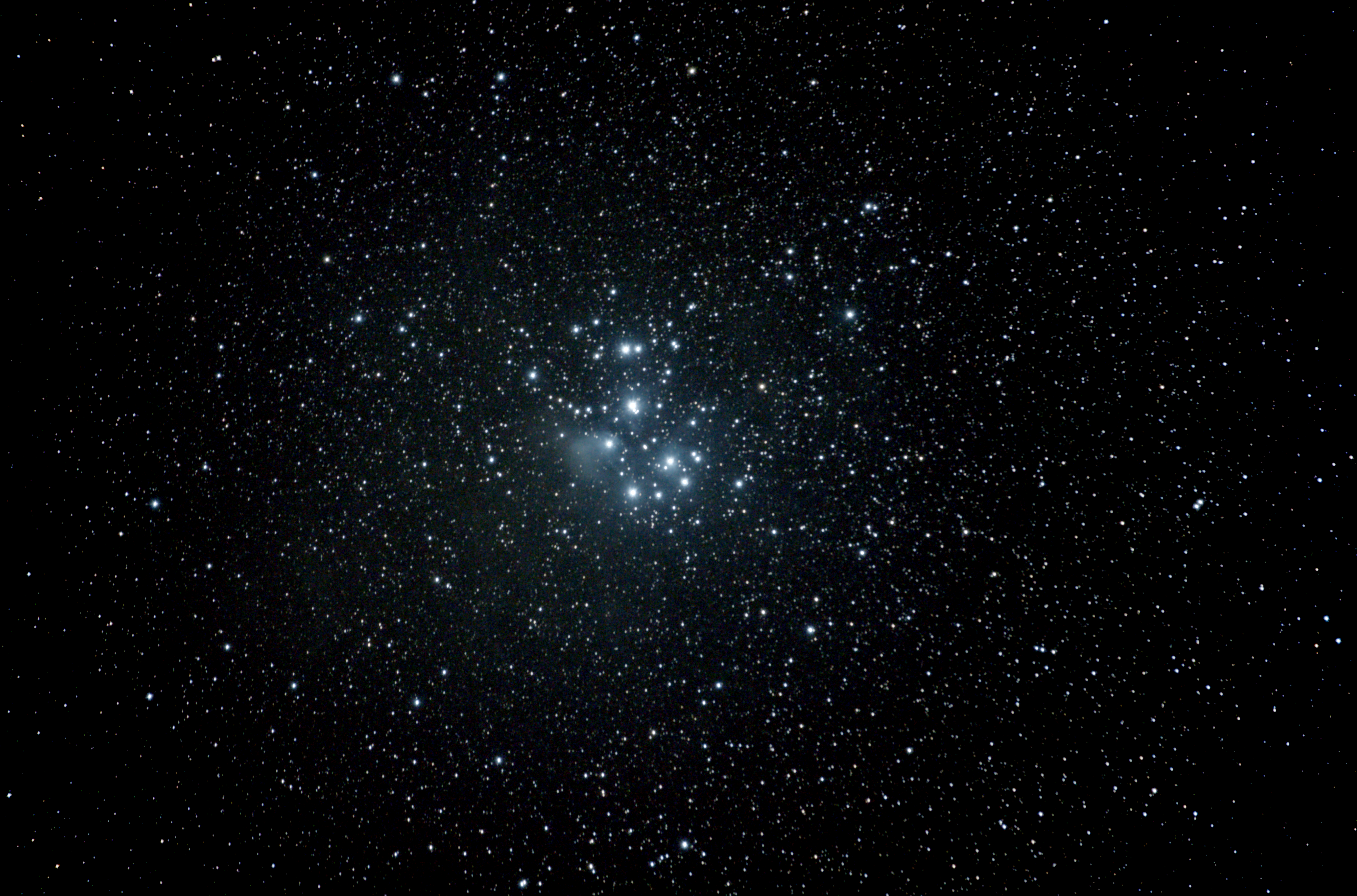Markarian’s chain – A cluster of galaxies
Equipment: Sony Rx10iv Sky watcher star adventurer Star adventurer tripod bahintov mask intervalometer t-shirt for flat frames Acquisition: ISO 800, F/4.0, 300mm equivalent zoom 362 1 minute exposures, 244 stacked (4 hours 20 minutes total exposure time) 50 flats 100 bias Processing: Stacked with siril Processed with pixinsight (stretched, luminance extraction and reapplication, curves transformation) Image with objects:
Read more